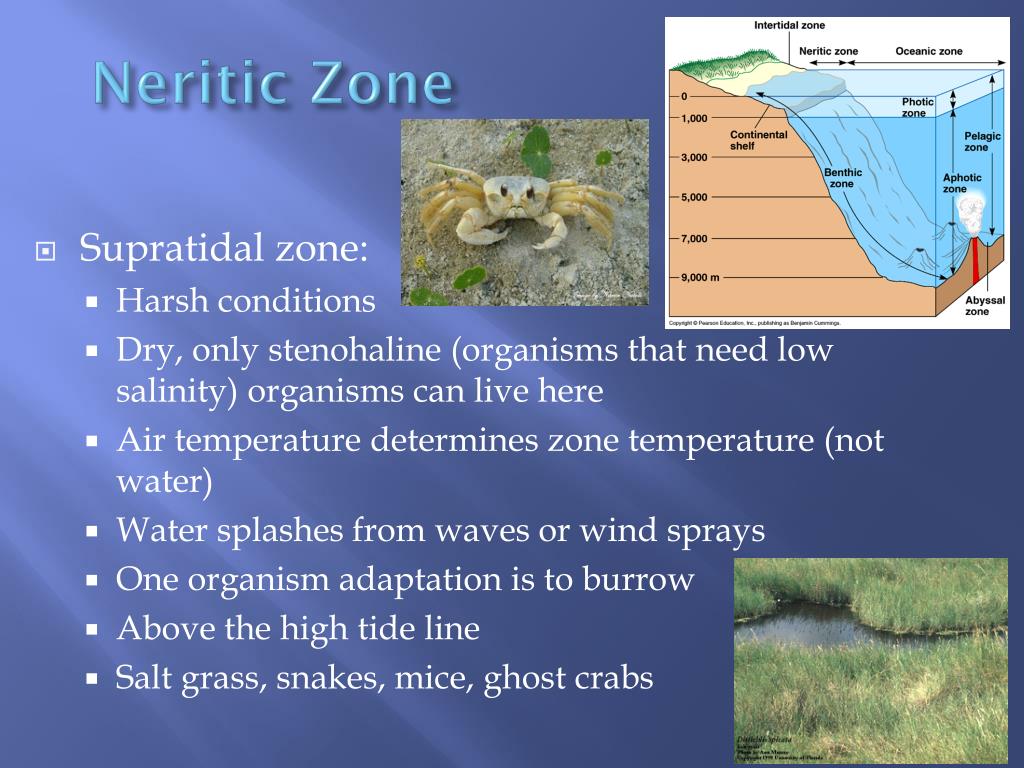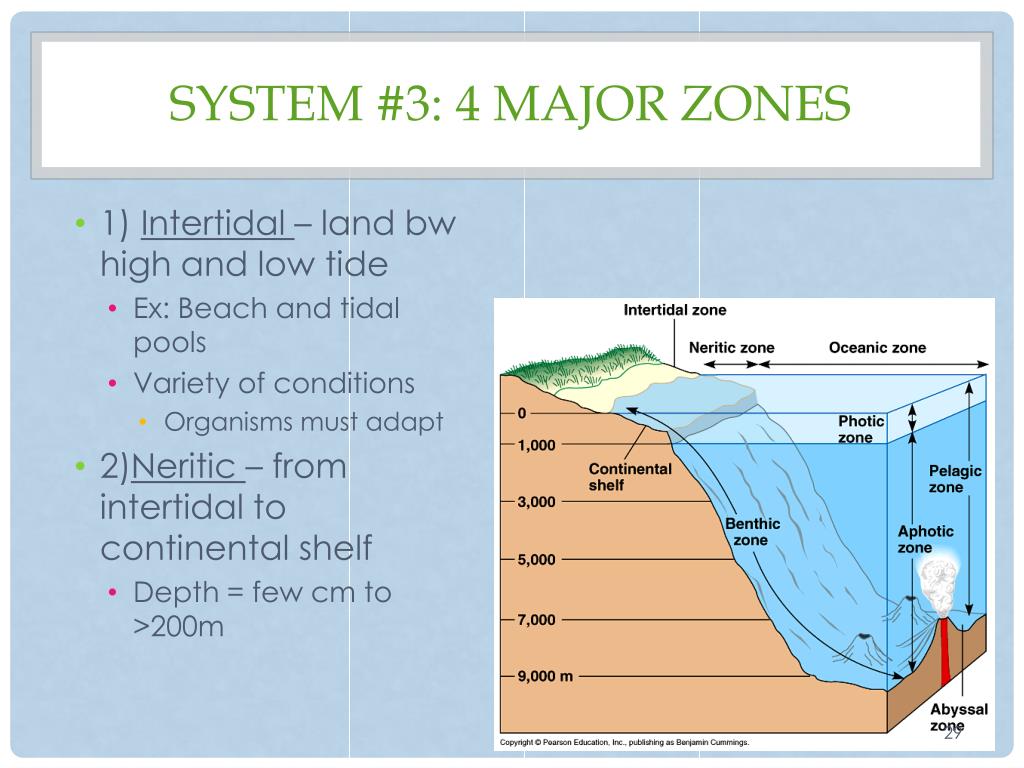
The design of the Mud Motor includes frequent sediment disposals, which provides a flexibility that can be used to advantage: The exact disposal location for the dredged sediment can be changed anytime to minimize the sailing time for the dredging ship, and to maximize the effectiveness of the nourishment, depending on the circumstances. The concept of the Mud Motor is gaining international attention and was recently included in the “Engineering with Nature Atlas,” published by the US Army Corps of Engineers (see Bridges ( 2018)). 2006), and the dredged harbor sediment is re-used in a beneficial way. In this way, the negative ecological impact of disposing sediment directly on the salt marsh is reduced (Speybroeck et al.

Within this project, fine sediments from maintenance harbor dredging are deposited at a location close to the shore, where the tidal flow is expected to disperse the material and thereby facilitate the growth of nearby salt marsh zones (van Eekelen et al. Furthermore, shore nourishment can contribute to the preservation of coastal wetlands, as the vertical and lateral growth of salt marshes that is needed to keep up with sea level rise is, among other factors, determined by the available supply of sediment for accretion on the marsh.Ī pilot study for sediment nourishment, referred to as the Mud Motor, was started in the Dutch Wadden Sea in 2016. Shore nourishment is considered a better and more environmentally acceptable alternative and nowadays often the principal option for coastal protection (Hanson et al. Coastal engineering techniques for shore protection and land reclamation have advanced in the past decades: The traditional approach of building hard structures, like breakwaters and groynes, to counteract natural forces often entailed adverse environmental effects in the long term. Consequently, coastal authorities have been searching for ways to protect these habitats. As their existence is closely linked to the tidal inundation, the rising sea levels will likely result in an extensive loss of wetlands over the next century (Donnelly and Bertness 2001). Surprisingly, sediment pathways are only sensitive to the exact disposal location in the channel during wind conditions that counteract the tidally driven transport, and freshwater effects play no significant role for the dispersal of sediment.Ĭoastal wetlands, such as salt marshes, provide unique habitats for numerous species and protect the shore from erosion by dampening wave energy. On-shore winds induce a transport toward the coast.

The most beneficial wind conditions (moderate westerly winds) can cause an accumulation of more than 90% of the initial 200 tons sediment pool on the intertidal area during less favorable conditions (northeasterly winds), less than a third of the dumped sediment is transported onto the mudflat.
:max_bytes(150000):strip_icc()/tidepoolcalifornia-56d388613df78cfb37d38e26-5c4a0e294cedfd0001783159.jpg)
It was found that already moderate winds along the channel axis reverse (wind in ebb direction), or greatly enhance this transport, up to an export of sediment over the adjacent water shed (wind in flood direction). In the investigated channel, which is oriented parallel to the coastline, tidal asymmetries generally drive a transport of sediment in flood direction. The model results presented in this study advance the understanding of the driving forces that determine sediment transport in shallow, near-coastal zones, and can help to improve the design of the Mud Motor. This project aims for the beneficial re-use of dredged harbor sediments through the disposal of these sediments at a location where natural currents are expected to transport them toward a nearby salt marsh area. In the investigated region, a pilot study for sediment nourishment, the so-called Mud Motor, is executed. In this study, results from a realistic 3D hydrodynamic and sediment transport model, applied to a channel in the Dutch Wadden Sea, are analyzed in order to assess the effect of short-term wind forcing, the impact of fresh water effects, and the variability induced by the spring-neap cycle on the transport of suspended sediment.


 0 kommentar(er)
0 kommentar(er)
